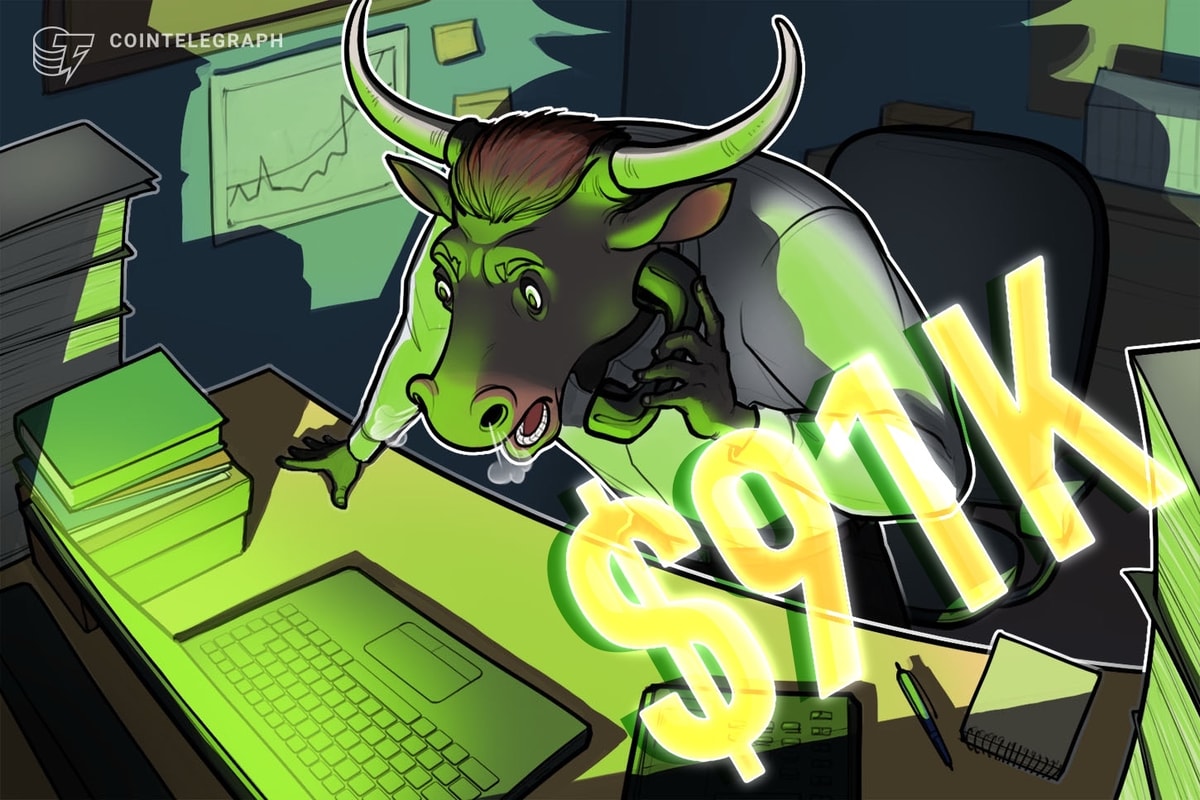
In a paper written in the fall of 2017 and published on the Social Science Research Network (SSRN) on Friday, January 12, 2018, Credit Suisse’s Dietmar Peetz and Gregory Mall argue that the boom in the initial coin offering (ICO) market is the clearest indicator of a bubble in bitcoin.
Zurich-based Credit Suisse is one of the 40 largest banks in the world with more than $800 billion in total assets, according to Standard & Poor.
According to Peetz and Mall, bitcoin should not be seen as a currency. Instead, the Credit Suisse duo places bitcoin into a new, distinct asset class.
The paper notes that bitcoin’s epic price run, which started in September 2015 and accelerated further in July 2017, is obviously not sustainable over the long term. However, it also adds, “There are arguments for a continuation of this trend for some time.”
The ICO Boom
ICOs were all the rage in 2017, and these new mixtures of seed investing and crowdfunding raised more than $5 billion throughout the year (according to Token Data).
The basic idea with an ICO is that a company or project will create a new token (usually via the ERC-20 standard on Ethereum), which will have some sort of utility on a platform that is either in development or already available.
Whether it makes sense to hold these sorts of digital tokens as investments or speculations is still up for debate.
“These [ICO tokens] often trade at penny-stock prices, experiencing dramatic price increases within hours and are often trading at very low liquidity,” says the paper from Peetz and Mall. “Most of these companies merely offer a so-called ‘white paper,’ basically a business plan that explains which product a company wants to develop in the future and how it wants to market it. Most of these promised projects are praised as having huge potential but are extremely uncertain to be actually developed.”
Having said this, the paper adds that “ICO companies” may continue to raise large sums of money over the short-to-medium term. As supporting evidence for this claim, Peetz and Mall point to the fact that the amounts raised from ICOs increased after the U.S. Securities and Exchange Commission began to caution investors over the summer.
The paper also compares the irrational exuberance around ICOs to the dotcom bubble; however, Peetz and Mall note a key difference in that the dotcom boom at least had companies selling real goods and recording cash flows.
Questions remain as to whether there is any direct correlation between a token’s price and the level of success achieved by a platform connected to the token.
“Most investors acknowledge the bubble situation,” the paper continues. “However, they argue that central bank’s easy money will help the bubble mania to grow bigger and bigger, thus attracting even more investors (speculators) looking for easy profits. They remain bullish because of the Greater Fool Theory.”
Authorities May Prevent Bitcoin from Becoming a Currency
While some people use bitcoin or other cryptocurrencies simply because they have no other option available to them for a particular type of transaction, Peetz and Mall argue that bitcoin is not a transactional currency — mainly due to its inability to act as a reliable unit of account.
Although the paper indicates bitcoin volatility has declined from its peak from 2014 and could fall further through the financialization of the asset, Peetz and Mall also argue a currency cannot work as a clearing mechanism for payments if it cannot be accurately valued.
“The enormously high bitcoin price volatility makes it unsuitable for a reliable day-to-day exchange medium,” says the paper.
In addition to the lack of price stability and time-tested store of value properties in bitcoin, Peetz and Mall also point out a multitude of reasons as to why, in their view, widespread use of the intrinsically-deflationary asset would be detrimental to the overall economy. For this reason, the paper argues authorities may be emboldened to prevent bitcoin from becoming a currency.
“Based on historical precedents, it is not unthinkable that in times of economic or financial crisis, political and regulatory pressure on an unwanted currency would increase, possibly in a similar manner as in the U.S. in 1934, when the Gold Reserve Act of 1934 was ratified, nationalizing all gold and subsequently revaluing it by 69 in U.S. dollar terms,” says the paper.
Of course, Bitcoin was designed to be resistant to government coercion — a sort of BitTorrent for digital, free-market money.
The Bitcoin Bubble Could Continue
So what happens next? According to Peetz and Mall, the bitcoin bubble could continue for some time.
“We believe the most realistic scenario for bitcoin, based on the premise of the currency not being banned by major regulatory agencies, is that it will continue to rise in price in the short to medium term with increased institutional demand prior to the initial hype fading,” says the paper. “At that juncture, bitcoin’s monetization or return prospect realities will begin to set in and, if history is any guide, eventually dominate valuation.”
From Peetz and Mall’s perspectives, the financialization of bitcoin is a symptom of a bubble in money available for investment and the unavailability of productive, real-economy investments.
“Borrowing money for free and having easy access to capital and leverage (for big entities) is the fuel asset bubbles crave,” says the paper. “By aggressively mitigating the effects of the 2008 financial crisis via unparalleled global monetary debasement extending for nearly a decade, central banks have brought us today’s ‘bubbles everywhere’ investment landscape.”
In terms of specific events that could trigger an end to the bitcoin bubble, the paper mentions a crash in the equities market or a potential ban on the possession of bitcoin as two possible scenarios.
Further Reading: Op Ed: Bitcoin is not a Bubble; It's in an S-Curve and It's Just Getting Started









